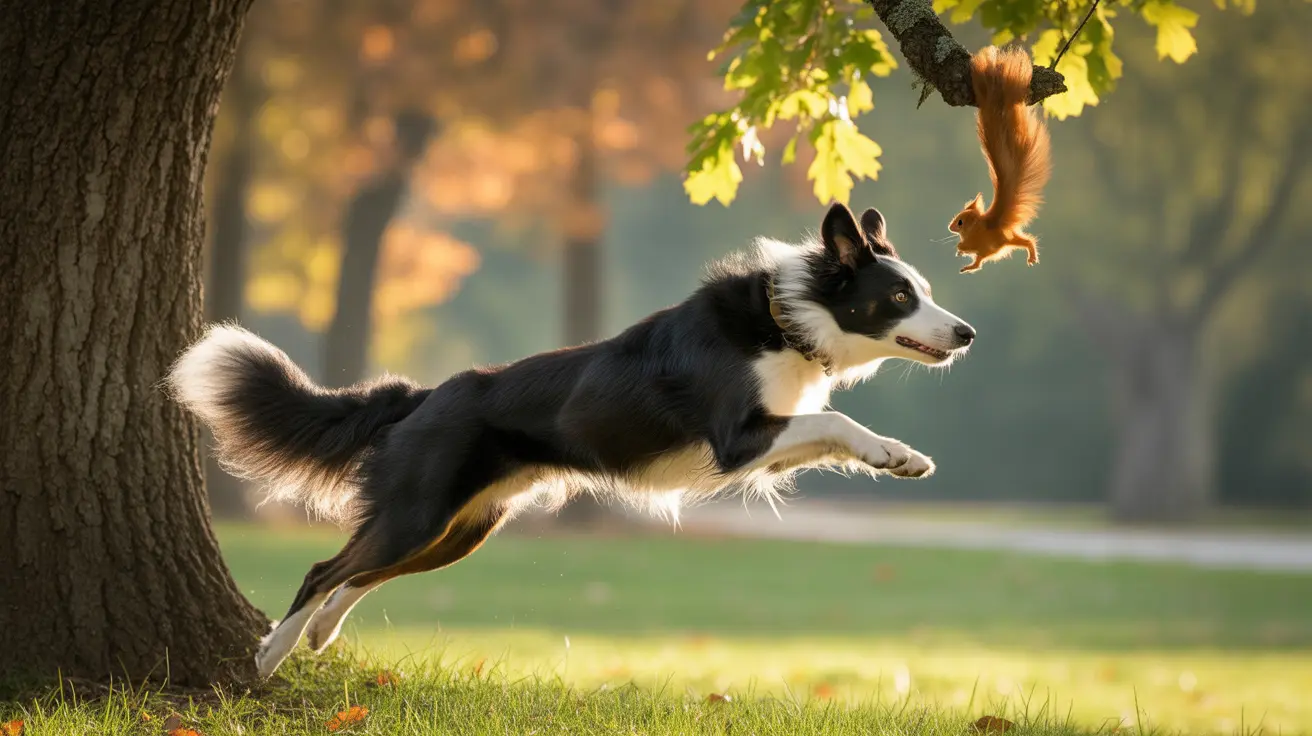Understanding the 7 Second Rule for Dog Safety
Urban environments can be tough on dogs, especially during warmer months when pavement and sidewalks heat up quickly. One popular and practical guideline dog owners follow is the 7 second rule, a simple method to ensure that surfaces aren't too hot for a dog’s sensitive paw pads. This rule, though not a formal training method, is a critical tip related to safety and comfort, particularly relevant in city settings. It complements broader advice for urban dog training and care.
What Is the 7 Second Rule?
The 7 second rule advises that you place the back of your hand on the pavement. If you cannot comfortably keep your hand there for at least seven seconds, the ground is likely too hot for your dog to walk on. Dogs’ paw pads are tough but still extremely susceptible to burns and discomfort on hot surfaces.
Why Is This Rule Important?
- Prevents burns and injury – Hot pavement can cause serious burns to a dog’s paws in mere minutes.
- Enhances well-being – Ensuring comfort while walking supports your dog's trust and behavioral stability in the city.
- Encourages awareness – Instills the habit of checking environmental safety, especially in unpredictable city conditions.
Additional Urban Dog Safety Tips
Living in a city requires extra vigilance and proactive care for your dog. Here are more safety-focused strategies to consider:
1. Handling and Leash Skills
Keep your dog on a short, 6-foot training leash, and stay alert in crowded areas. Avoid allowing your dog to approach people or other dogs without permission. This helps avoid conflicts and promotes polite behavior.
2. Focus Around Distractions
Cities have a nearly constant stream of sights and smells competing for your dog’s attention. Begin training in quiet spaces and work up to high-stimulation environments to bolster your dog’s focus and obedience.
3. Mastering the “Leave It” Command
This command is essential in urban settings, where discarded food or dangerous items can be found on sidewalks. Train your dog gradually using positive reinforcement steps:
- Offer a treat in a closed hand; reward your dog for not trying to get it.
- Build up to placing a treat on the ground, using the verbal cue “leave it.”
- Practice outdoors to prepare your dog for real-world distractions.
4. Teaching “Trade” or “Drop It”
Sometimes your dog may pick up something harmful. Teach them to trade it for a high-value treat:
- Start at home, trading items for better rewards.
- Introduce a cue like “give” or “drop.”
- Progress to more distracting environments over time.
5. Surface Acclimation
City dogs need to walk confidently over varied terrains like metal grates and concrete. Gradually train your dog on different surfaces using rewards, ensuring they are relaxed and confident.
6. Potty on Cue
Not all cities offer grassy areas. Teaching your dog to potty on command—even on concrete—can reduce accidents and make outings more predictable.
7. Riding in Carriers and Cabs
Many cities require dogs to be in carriers on public transport. Gradually acclimate your dog to a carrier or car rides starting with short, reward-filled sessions.
8. Consider the Canine Good Citizen Program
For urban dogs, the Canine Good Citizen (CGC) certification and its advanced urban variants certify your dog's public behavior. These programs offer structured training objectives that enhance safety and obedience in public spaces.
9. Know Local Laws
Familiarize yourself with leash regulations, pet policy in rentals, and specific breed ordinances. Non-compliance can lead to fees or even forced relocation in some cities.
10. Be a Good Neighbor
Urban dog owners should manage barking, clean up after their pets, and ensure good leash behavior to foster community harmony.
Conclusion
Caring for a dog in a city requires attention, planning, and a strong commitment to training and safety. The 7 second rule is a quick yet powerful way to protect your dog’s paws from heat-related injuries. Combined with solid commands like “leave it,” proper leash habits, and urban acclimation, you can ensure your dog enjoys city life safely and comfortably.





